Filed under:
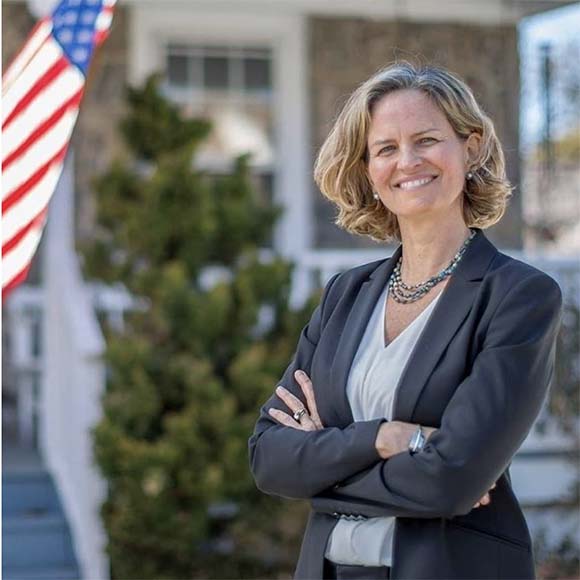 Nassau County Executive Laura Curran ’89 had to act fast in April, when she saw that COVID-19 fatalities were disproportionately affecting African American communities. Her team worked with the Health Department to quickly arrange for additional testing sites and contact tracing to be set up in these heavily impacted areas.
Nassau County Executive Laura Curran ’89 had to act fast in April, when she saw that COVID-19 fatalities were disproportionately affecting African American communities. Her team worked with the Health Department to quickly arrange for additional testing sites and contact tracing to be set up in these heavily impacted areas.
“We had to get the word out…if you don’t have insurance, it’s not a problem. Nobody is going to ask about your immigration status…we got that out on as much media as we could,” Curran said. In the end, the messaging and additional resources helped significantly: the infection rates in these areas became lower than the county average.
Curran’s window into her 2020 experience was shared on a November 7 panel, “The New Normal: The Evolution of Workplaces in the Era of COVID-19,” the first in a series of virtual events exploring the disruptive effects of COVID-19 on every aspect of life. This first panel explored how the New Normal has altered the way we think about workplaces, architecture, space design, and the role of government.
“We thought that bringing together the unique perspectives of our alumni would bring nuance to this very important conversation,” Christina Camardella, Director of Alumni Relations, says. “Having thoughtful conversations that bridge across fields, expertise, and backgrounds is going to help us all stay resilient and continue to innovate.”
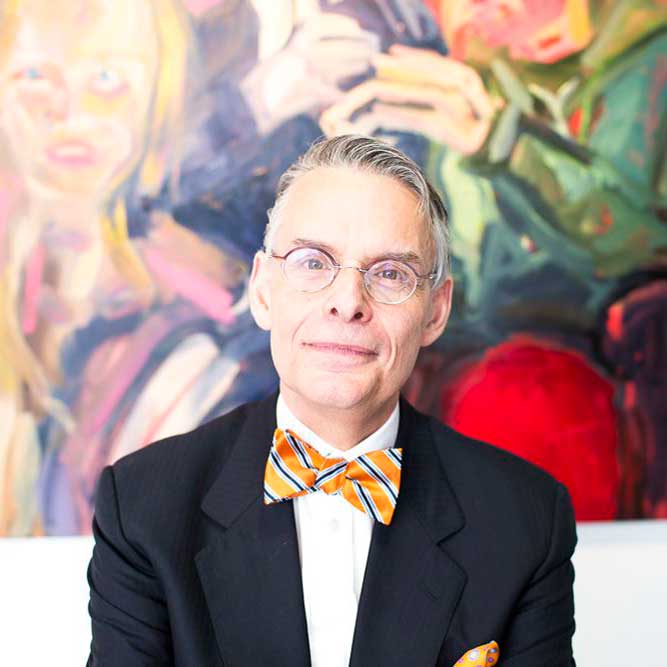 The November 7 event was moderated by Joseph Forte, The Esther Raushenbush Chair for Distinguished Teaching, and in addition to Curran, featured insights from Patrick Larvie ’90, Global Lead of the Workplace User Experience Team at Google, Jeremy Olshan ’96, Editor-in-Chief at MarketWatch, Lindsey Holmes ’04, CEO and Lead Strategist of Usable Tech Co, a digital/tech marketing firm, and Michael LeVasseur ’04, epidemiologist and biostatistician.
The November 7 event was moderated by Joseph Forte, The Esther Raushenbush Chair for Distinguished Teaching, and in addition to Curran, featured insights from Patrick Larvie ’90, Global Lead of the Workplace User Experience Team at Google, Jeremy Olshan ’96, Editor-in-Chief at MarketWatch, Lindsey Holmes ’04, CEO and Lead Strategist of Usable Tech Co, a digital/tech marketing firm, and Michael LeVasseur ’04, epidemiologist and biostatistician.
The panel kicked off with Forte offering context on the history of pandemics, saying, “…these are both tragic and dynamic moments … each one of these pandemics has their own specific implications.” The Black Death, for example, transformed art production in the short-term because the plague killed so many older artists, giving way in the longer-term to “a transformation in the labor market that could arguably be traced back to the pandemic.”
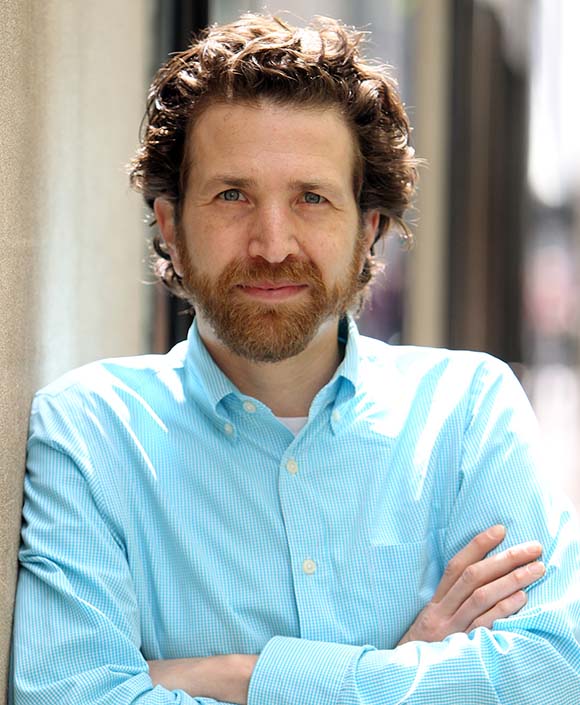 Panelists weighed in on COVID-19 disruption in general and the resulting changes in the areas of public health, the economy, work, and the media. Olshan discussed how service journalism, which helps people make better decisions, was previously “treated as marginalized and unworthy,” and yet, in light of this tumultuous year, that perception has massively shifted, with media outlets responding to the growing numbers of consumers who resonate with articles that break down risks and aid in decision-making. He said, “Our standard day-to-day coverage can’t ignore the person reading it, who they are, what they’re worried about, and how we can help them.”
Panelists weighed in on COVID-19 disruption in general and the resulting changes in the areas of public health, the economy, work, and the media. Olshan discussed how service journalism, which helps people make better decisions, was previously “treated as marginalized and unworthy,” and yet, in light of this tumultuous year, that perception has massively shifted, with media outlets responding to the growing numbers of consumers who resonate with articles that break down risks and aid in decision-making. He said, “Our standard day-to-day coverage can’t ignore the person reading it, who they are, what they’re worried about, and how we can help them.”
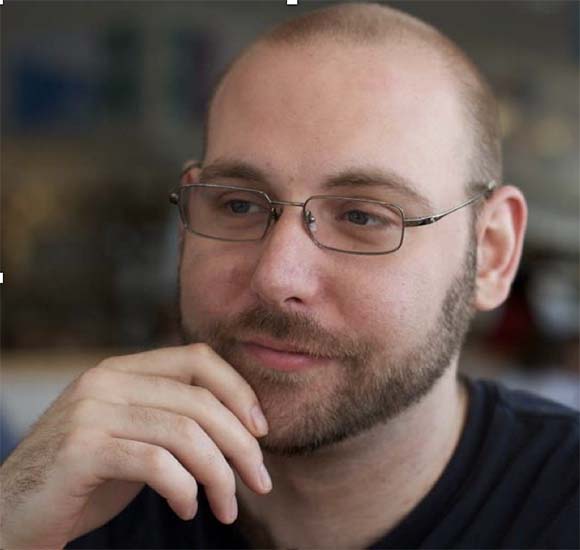 As an epidemiologist, LeVasseur advises government agencies and small and large businesses on best practices. He noted that lacking a national response, controlling the spread has been difficult without a concerted effort across a span of regions and nationwide. Additionally, the absence of that national response had a “really huge impact on people’s trust in the FDA, NIH, and CDC. And that’s been horribly problematic.” Despite the fact that “science is true whether or not you believe in it,” he said, this myth that the virus is a made-up story persists, even as it devastates communities.
As an epidemiologist, LeVasseur advises government agencies and small and large businesses on best practices. He noted that lacking a national response, controlling the spread has been difficult without a concerted effort across a span of regions and nationwide. Additionally, the absence of that national response had a “really huge impact on people’s trust in the FDA, NIH, and CDC. And that’s been horribly problematic.” Despite the fact that “science is true whether or not you believe in it,” he said, this myth that the virus is a made-up story persists, even as it devastates communities.
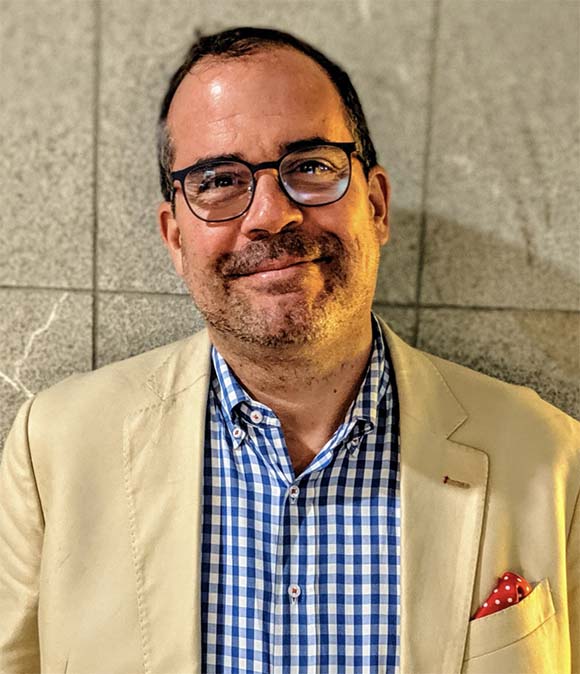 In terms of the workplace, Larvie has spoken with many workers who find that the New Normal has made them question the “old normal” way of long commutes and having to choose between having a job and having a life: “This pandemic has made us value time and question the merit of dedicating our resources, including our time, to sitting in traffic.”
In terms of the workplace, Larvie has spoken with many workers who find that the New Normal has made them question the “old normal” way of long commutes and having to choose between having a job and having a life: “This pandemic has made us value time and question the merit of dedicating our resources, including our time, to sitting in traffic.”
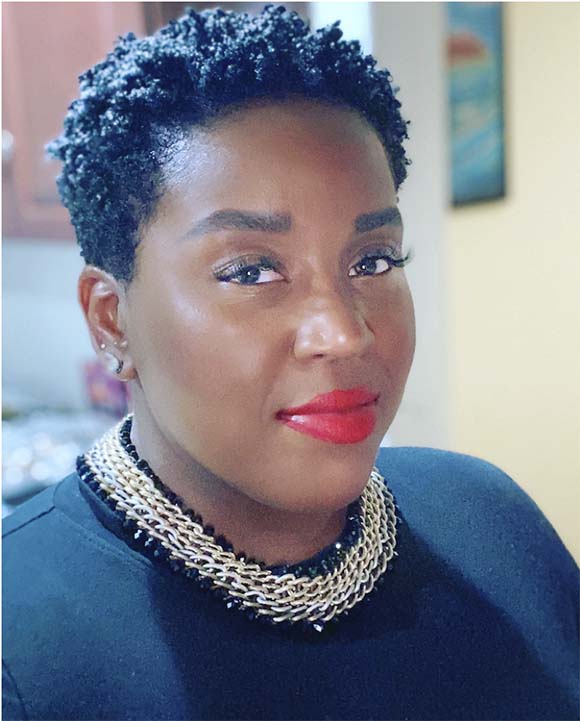 For Holmes and her employees, the pandemic didn’t necessitate a shift to online work. Her employees were already working remotely, as many on her staff are working mothers, and she has long understood that Zoom meetings can be far more productive. With the broader trend of employees working from home, she said, “we have a chance now to see what works and evaluate, instead of dictating what works.”
For Holmes and her employees, the pandemic didn’t necessitate a shift to online work. Her employees were already working remotely, as many on her staff are working mothers, and she has long understood that Zoom meetings can be far more productive. With the broader trend of employees working from home, she said, “we have a chance now to see what works and evaluate, instead of dictating what works.”
Since she consults for small businesses, Holmes has poured her efforts into supporting entrepreneurs and quelling fears about what the future might hold. She said, “The pivot was having people calm down and going through the basics of their business plan as they shift into this new world, which is going to stay, so we might as well have made a solid plan for adjustment.”
Many of the panelists spoke about ways that the New Normal can offer lasting benefits. In Curran’s case, for example, the urgency to address rising infection rates effectively led to improved relationships and practices, which is especially important in Nassau County, which has some of the highest health disparities in the country. She said, “My hope is that we take the lessons we’ve learned and continue to implement them using this kind of outreach, communication, and resources for other health disparities as well.”
After the panel, Larvie reflected on the importance of having these conversations: “The realization that we collectively have vulnerability to an airborne respiratory pathogen gets into the nooks and crannies of our everyday lives. So many people are busy responding to the situation—this New Normal series offers a chance to interrogate these moments of intense change and reflect on what we’re doing.”
The next event in the series, in the spring semester, will delve into the New Normal through the lens of the arts and cultural institutions, looking at the challenges of artistic expression and engagement in a fully virtual world, as well as the opportunities for innovation and productivity. Alumni who work in the arts and are interested in offering their perspective, please contact the Office of Alumni Relations at alum@sarahlawrence.edu.